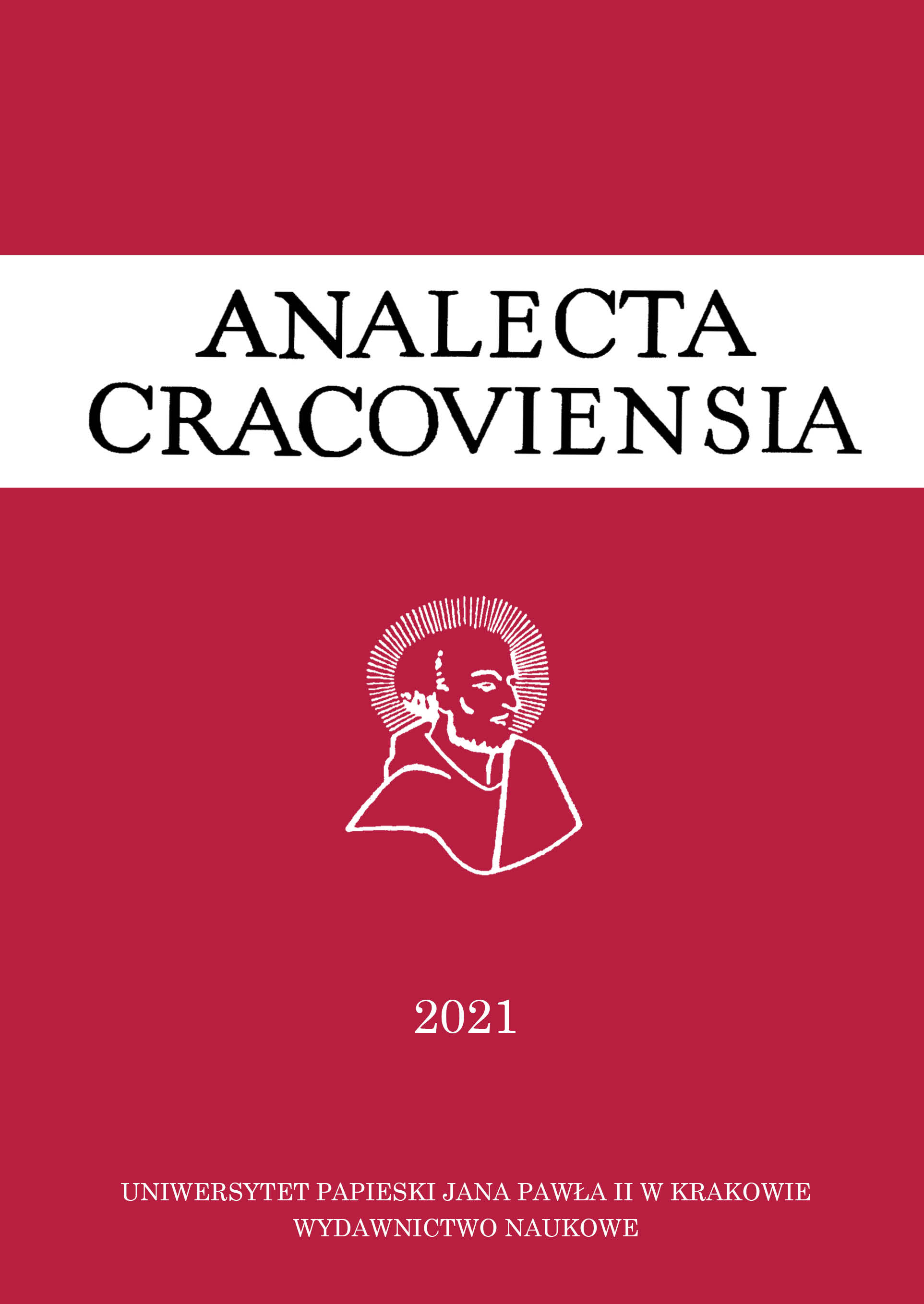A consequence of the notional existence of an effectively calculable yet non-recursive function
DOI:
https://doi.org/10.15633/acr.5306Abstrakt
The present paper is devoted to a discussion of the role of Church’s thesis in setting limits to the cognitive possibilities of mathematics. The specific aim is to analyse the formalized theory of arithmetic as a fundamental mathematical structure related to the theory of computation. By introducing notional non-standard computational abilities into this theory, a non-trivial enlargement of the set of theorems is obtained. The paper also indicates the connection between the inclusion of new functions through the development of axioms and the potential modification of inference rules. In addition, the paper provides an explanation of the role of inclusion of a certain interpretation of the meaning of the axioms of the theory in that theory.
Bibliografia
Adams, Rod. 2011. An Early History of Recursive Functions and Computability. Docent Press.
Boolos, George S. 1995. The Logic of Provability. Cambridge University Press.
Copeland, B. Jack. 2020. “The Church-Turing Thesis.” In The Stanford Encyclopedia of Philosophy, edited by Edward N. Zalta, Summer 2020. https://plato.stanford.edu/ archives/sum2020/entries/church-turing/; Metaphysics Research Lab, Stanford University.
Gödel, Kurt. 1930. “Die Vollständigkeit Der Axiome Des Logischen Funktionen- kalküls.” Monatshefte Für Mathematik Und Physik 37 (1): 349–60. https://doi. org/10.1007/BF01696781.
Hilbert, David, and Paul Bernays. 1934. Grundlagen Der Mathematik. Vol. I. Berlin: Springer.
Kleene, Stephen Cole. 1952. Introduction to Metamathematics. Princeton: van Nostrand Company.
Kolmogorov, Andrey N., and Vladimir A. Uspenskii. 1958. “On the Definition of an Algorithm.” Uspekhi Matematicheskikh Nauk 13 (4(82)): 3–28.
Maligranda, Lech, and Prytula, Jaroslaw G. 2013. Lwowscy uczeni wymienieni w przesłuchaniach Banacha z 1944 roku. Wiadomości Matematyczne, 49: 29–66.
Odifreddi, Piergiorgio. 1989. Classical Recursion Theory. Vol. 1. Studies in Logic and the Foundations of Mathematics. Amsterdam: North-Holland Publishing Company.
Olszewski, Adam. 2009. Teza Churcha. Kontekst HistorycznoFilozoficzny. Kraków: Universitas.
Olszewski, Adam, Jan Woleński, and Robert Janusz. 2006. Church’s Thesis After 70 Years. Ontos Verlag.
Peano, Giuseppe. 1889. Arithmetices Principia: Nova Methodo. Torino: Fratres Bocca.
Rescher, Nicholas. 2022. “Reductio ad Absurdum.” In Internet Encyclopedia of Philosophy, edited by Bradley Dowden James Fieser, 12.03.2022 ed. https://iep.utm.edu/ reductio/; Internet Encyclopedia of Philosophy.
Rogers, Hartley. 1987. Theory of Recursive Functions and Effective Computability. Vol. 36. Cambridge: MIT Press.
Sieg, Wilfried. 1997. “Step by Recursive Step: Church’s Analysis of Effective Calcula- bility.” The Bulletin of Symbolic Logic 3 (2): 154–80. https://doi.org/10.2307/421012. Smith, Peter. 2007. An Introduction to Gödel’s Theorems. Cambridge Introductions to Philosophy. Cambridge: Cambridge University Press. https://doi.org/10.1017/CBO9780511800962.
Turing, Alan M. 1937. “On Computable Numbers, with an Application to the Entscheidungsproblem.” Proceedings of the London Mathematical Society s2-42 (1): 230–65. https://doi.org/10.1112/plms/s2-42.1.230.
Pobrania
Opublikowane
Numer
Dział
Licencja
Prawa autorskie (c) 2022 Adam Olszewski

Utwór dostępny jest na licencji Creative Commons Uznanie autorstwa 4.0 Międzynarodowe.
Obecnie autorzy publikujący w czasopiśmie udzielają jego wydawcy zgody o następującej treści:
- Autor zachowuje autorskie prawa majątkowe do utworu, a jednocześnie udziela wydawcy czasopisma zgody na jego pierwszą publikację w wersji drukowanej i wersji online na licencji Creative Commons Uznanie autorstwa 4.0 Międzynarodowe oraz zgody na wykonywanie opracowań, w tym przekładów.
- Autor ma możliwość udzielania zgody niewyłącznej na opublikowanie utworu w wersji, która ukazała się w czasopiśmie (np. zamieszczenia go w repozytorium instytucjonalnym lub opublikowania w książce), wraz z informacją o jego pierwszej publikacji w czasopiśmie.
- Autor może umieścić swój utwór online (np. w repozytorium instytucjonalnym lub na swojej stronie internetowej) jeszcze przed zgłoszeniem utworu do czasopisma.

